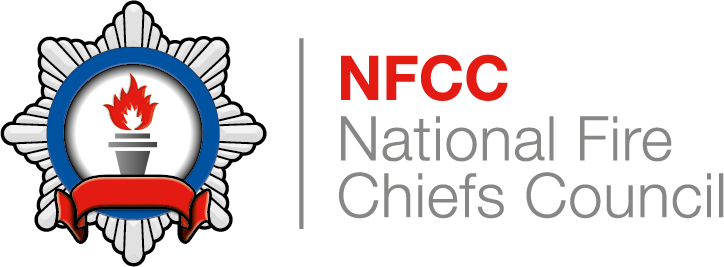Cordons on roadways should be appropriate for the position of the incident, road type and speed of traffic. As the police are responsible for establishing the outer cordon at an incident on the roadway, they should be asked to provide a traffic cordon if required.
Prior to their attendance, cordons can be established by using appropriate fire and rescue service vehicles to shield emergency responders working on a roadway.
In addition to the safety officers appointed during the incident, safety officers should monitor personnel and moving vehicles while cordons are established and removed.
Use of fire and rescue service vehicles
Appropriate fire and rescue service vehicles can be parked on a roadway to deflect moving vehicles away from the incident. The fire and rescue service vehicle should aim to encourage drivers to slow down and change lanes by being:
- Conspicuous with appropriate high-visibility markings, such as Battenberg or chevron livery, and warning lights
- Protected by warning signs, lights and cones
There are three methods of parking on a roadway for this purpose, all of which can fill the lane that is going to be closed and provide an indication of the direction that should be used by approaching traffic. Each method has advantages and disadvantages:
- In-line, where the vehicle is parallel to the running lanes on the roadway:
- Advantages include good visibility of rear-facing markings and lighting on the vehicle
- Disadvantages include that the vehicle may appear to be moving, or that if struck, the vehicle may travel forward towards the incident
- Fend-off, where the vehicle is angled, pointing its front end towards the offside roadway, in the direction the traffic should pass:
- Advantages include indicating that the vehicle is stationary and that it will appear larger as road users approach
- Disadvantages include reduced visibility and effectiveness of rear-facing markings and lighting on the vehicle, and that its exiting driver is exposed to approaching traffic
- Fend-in where, the vehicle is angled, pointing its front end toward the nearside roadway, in the direction the traffic should pass:
- Advantages include indicating that the vehicle is stationary, and that its exiting driver is not exposed to approaching traffic
- Disadvantages include reduced visibility and effectiveness of rear-facing markings and lighting on the vehicle, and a reduced view of approaching traffic when returning to the vehicle
